One area where this is especially true is in my cactus beds and their stacked stone retaining walls, installed last year and now ready to take a closer look at. In particular, the "edges" of the bed, where stone meets soil.
One of the best things about using stone in the garden is that you can plant right next to them, as plants that get bushy or trail or spread look particularly good next to rocks -- at least in my opinion.
So yesterday I worked on softening the edges between the rocks and the soil of this bed -- or "beds", as there really are three of them, although I've only been showing you the one as it contains my Opuntias.
The second bed contains my Cylindropuntia leptocaulis (Christmas cholla) and I started yesterday by planting a potted specimen here to fill out this plant a bit more.
I've been keeping that on the deck and it's really a bad spot for something so pointy.
That's going to be a nasty tangle of branches in a couple of years!
(The third bed was where my agaves were last year. As you may remember, none of them survived the winter, so now my little Yucca rostrata and Cylindropuntia whipplei live here. Neither of them is really very photogenic right now, so you'll only see them in a wider shot later in this post.)
So, the edges. I've got a couple of sedum planted already:
And I know they'll do a great job of softening the edges and also covering up some of the bare soil here, so I got more:
I don't want to limit myself to sedum though, as there are so many wonderful groundcover plants and I found several to try.
First up, 'Elfin' thyme:
I've got this growing in a couple of places in the garden already (between flagstones) but I want more if it as those tiny leaves are irresistible to me.
Here's something I don't grow yet:
It's a dwarf, creeping yarrow! Achillea tomentosa, grows to 3" (76mm) tall, probably add a few inches for blooms. I'm not sure that I care about or want the blooms, but we'll see.
Next up, something I know that is vigorous and could become a pest if it likes these conditions, creeping wire vine (Muehlenbeckia axillaris):
I had a pot of this growing last year but left it exposed during the coldest part of winter and it did not come back. I'm not fond of having to buy plants that I already owned!
This is another one that I had in pots but never found a spot for and it eventually died:
It may not be the best choice for these beds as apparently it's intolerant of drought, but we'll see. I don't think I have a spot in the garden that is both moist and in full sun. Perhaps buying this one was a mistake...
This one though should do really well, as it's an artemesia:
Artemesia viridis 'Tiny Green', again growing to only about 3" tall and forming a mat. Tolerant of dry soils, the aromatic leaves should discourage deer and rabbits too so this one is a safe bet.
That's part of the idea behind using so many different plants here, not only to create visual variety, but to see what thrives and what struggles.
So, now that they're in the ground, do you see how great they look next to the stone?
(Okay, no stone in that last one, but still looks great!)
The beds themselves don't look too impressive yet as the little islands of botany are still surrounded by seas of bare soil, but that should quickly change.
 |
| This is where my small Yucca rostrata and Cylindropuntia whipplei live. |
I think this is becoming one of my favorite beds:
So much color and textural interest!
Do you have suggestions for any other drought-tolerant and cold-hardy groundcovers I should try?
.
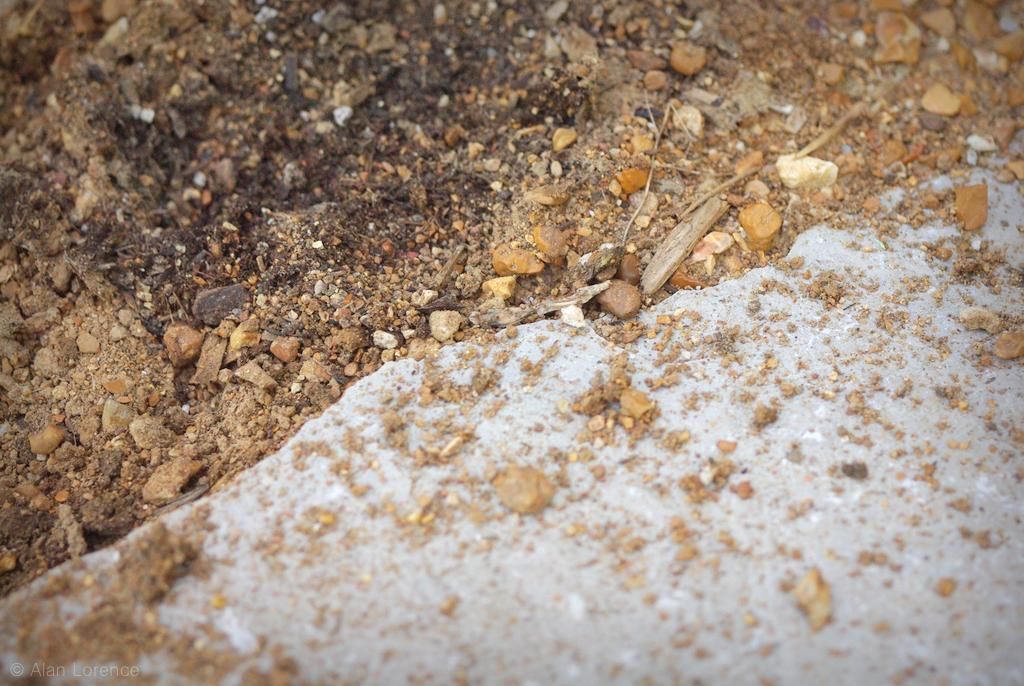

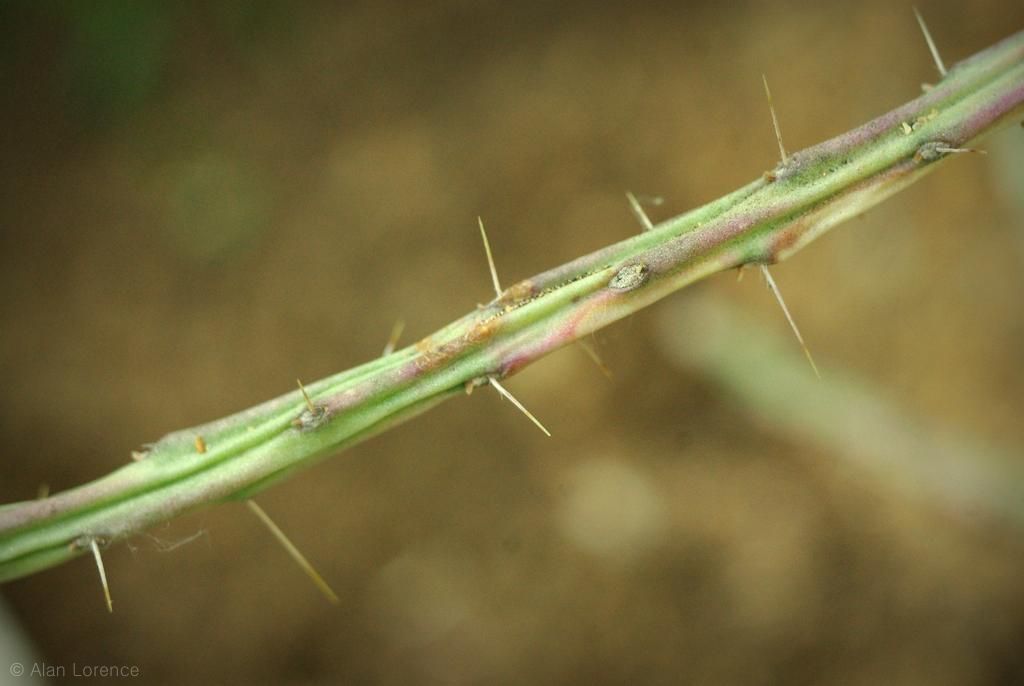
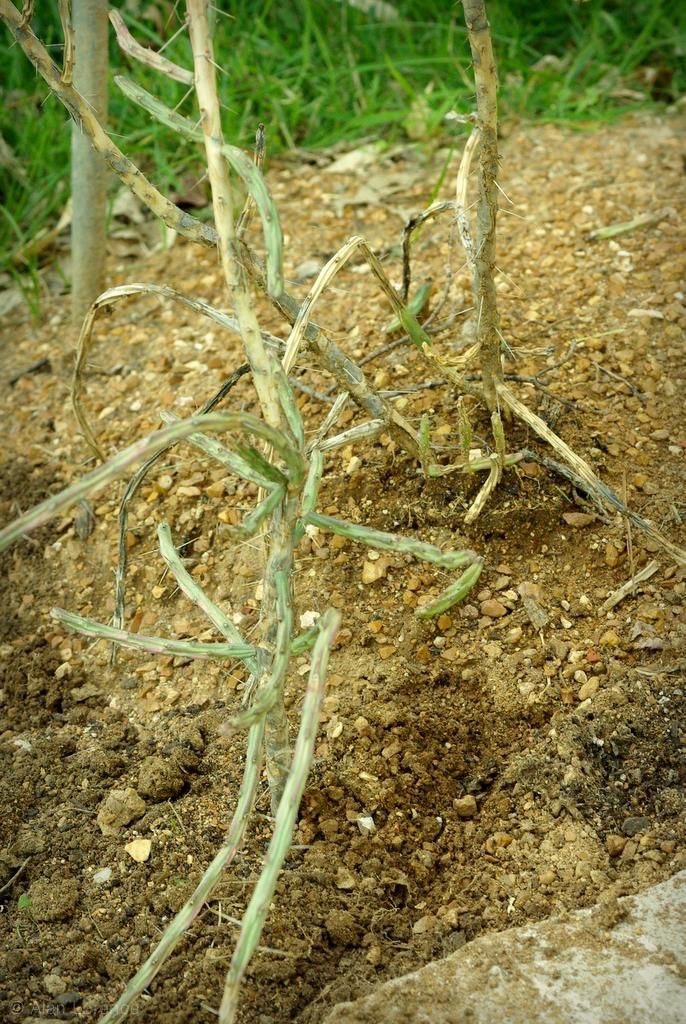



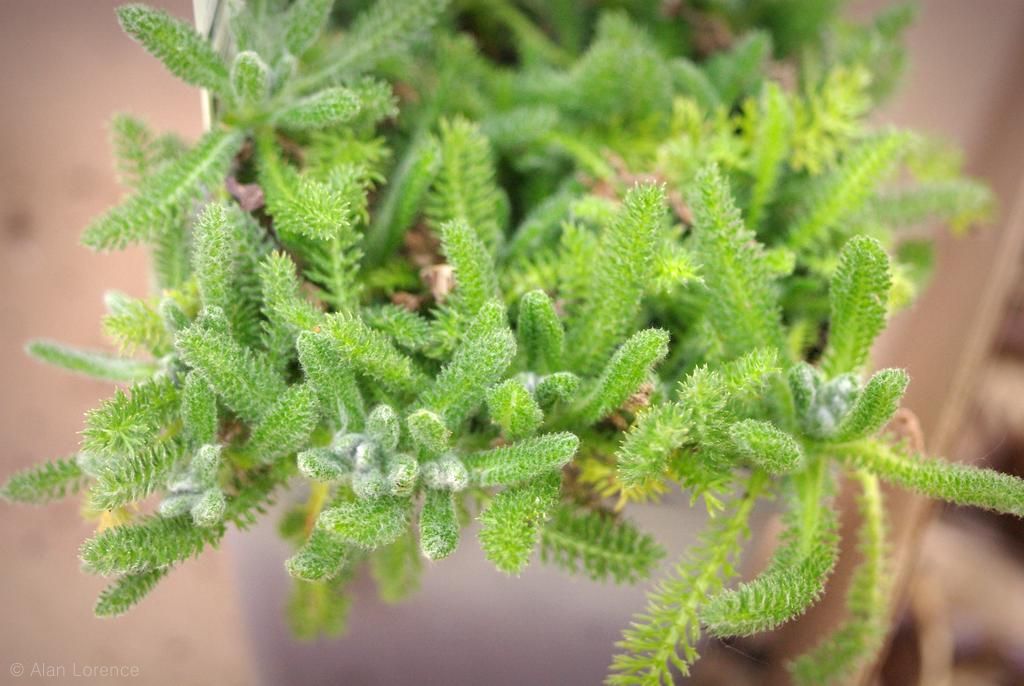


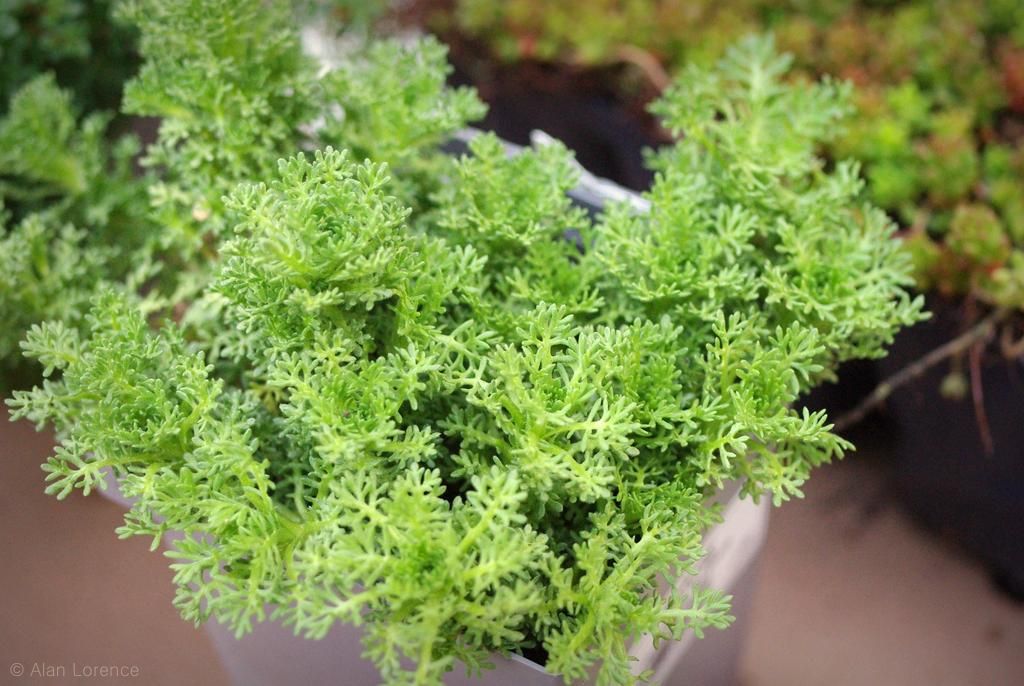
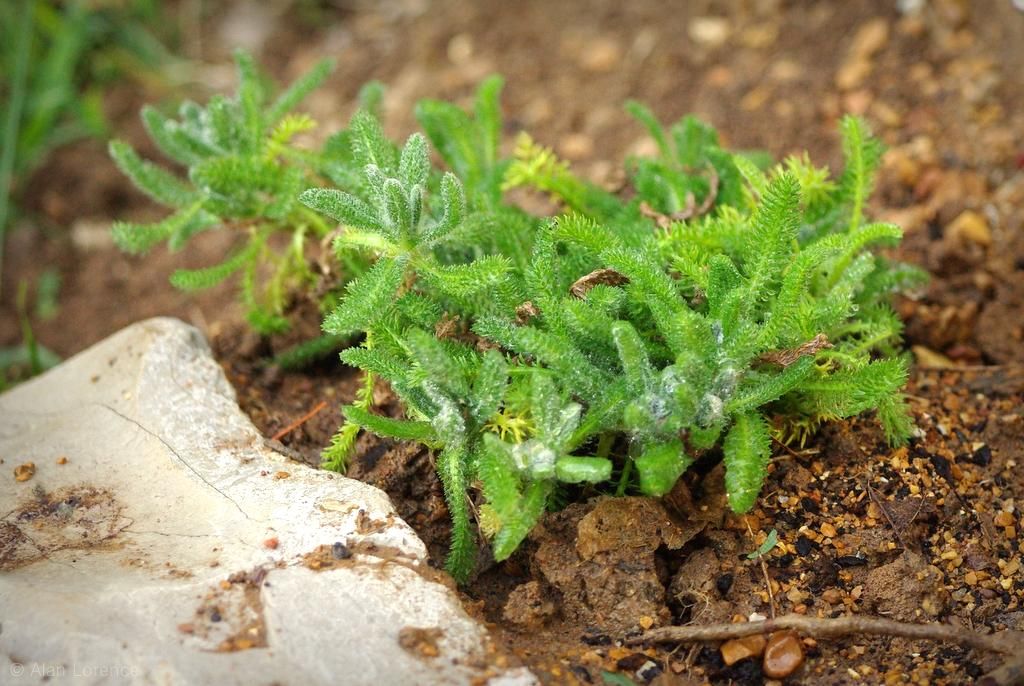
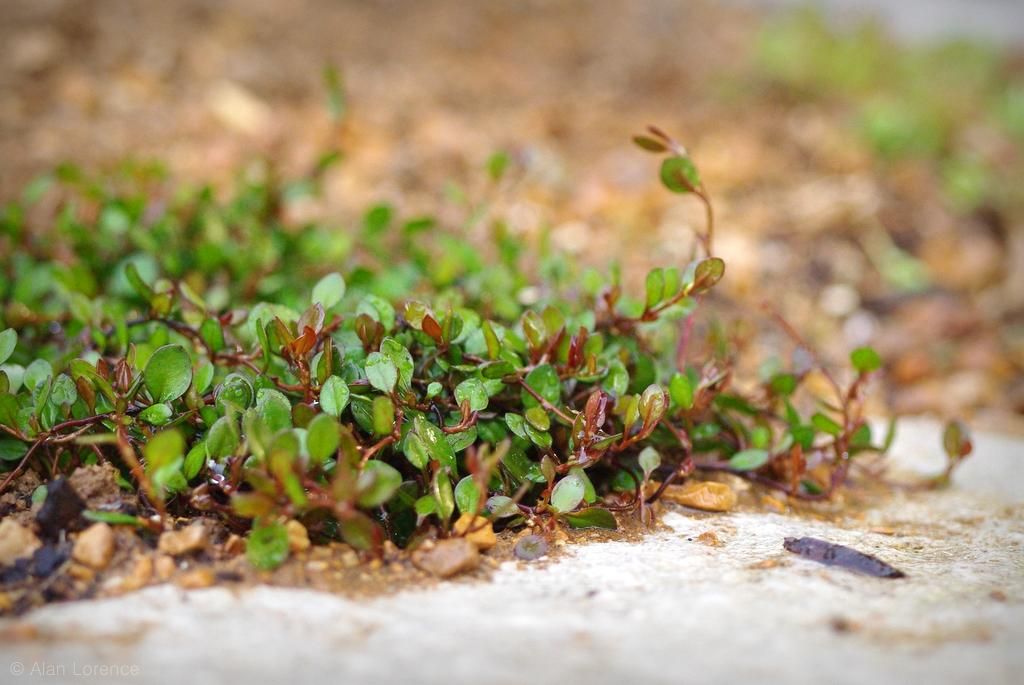



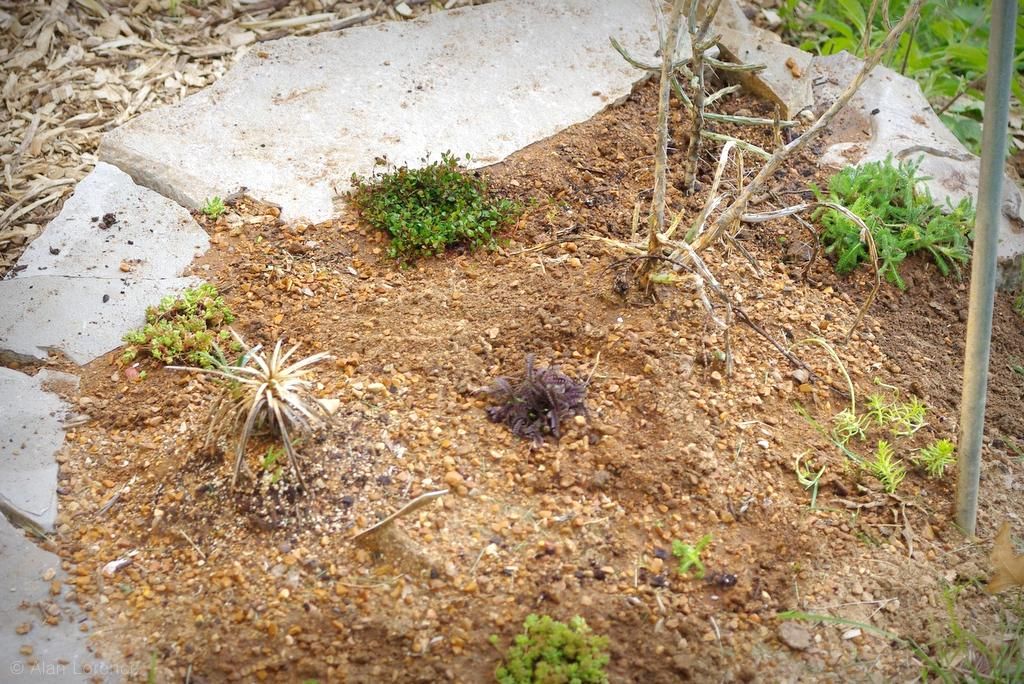
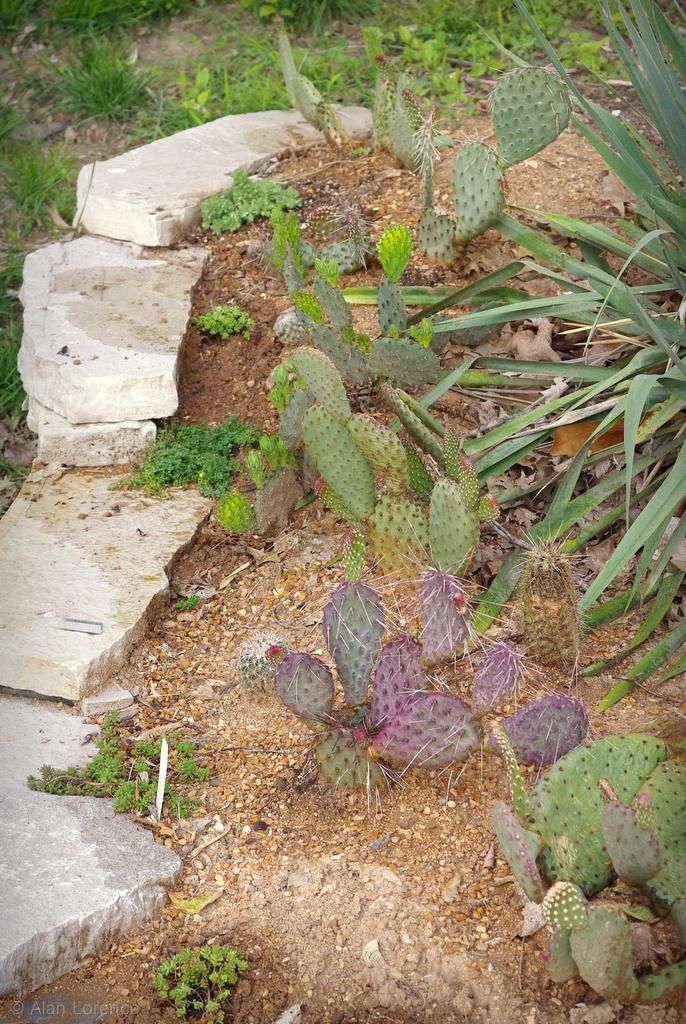
Great choices all around. I need to copy your idea and soften some of the edges in my garden beds.
ReplyDeleteOne groundcover I love is Dymondia margaretae but it's not hardy in St Louis.
I can't think of one ground cover that works in dry weather.
ReplyDeleteGerhard: plants spilling over rocks is one of my favorite things in a garden!
ReplyDeleteMaywyn: Sedum! Needs some water, but not much. Can really take a drought once established.
Sedum is always my first choice, too. And equally important is a plant that can take drought AND heat.. those rocks get hot! We had some ajuga planted along one of our rock walls - babied it along all summer with cool drinks when it started looking parched. Should have just moved it as the winter finished it off. But all the sedum not only survived, they look better than ever!
ReplyDeleteAlan, Greek yarrow or pussy toes might be good. Both are thriving groundcovers in my Cheyenne garden.
ReplyDeleteCheyDesignGuy
CheyDesignGuy: Is it as windy all the time in Cheyenne as it is in Laramie? Thanks for the tip on the two plants!
ReplyDeleteGreat plant choices, indeed rocks are better when softened. I especially like your phrase "little islands of botany" and will be using it every chance I get.
ReplyDeleteLoree: I hope they prove to be volcanic islands (growing ever larger). :)
ReplyDelete